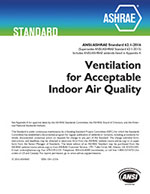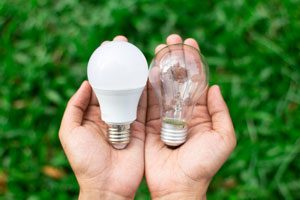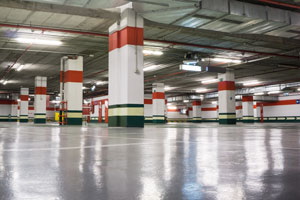 As buildings continue to become more and more energy efficient, we continue to see updates and recommendations to building designs. For example, ASHRAE recently published an update to Standard 62.1 Ventilation for Acceptable Indoor Air Quality that covers changes to how we monitor and control humidity in occupied spaces. Continue reading “Moisture Control for Indoor Air Quality”
As buildings continue to become more and more energy efficient, we continue to see updates and recommendations to building designs. For example, ASHRAE recently published an update to Standard 62.1 Ventilation for Acceptable Indoor Air Quality that covers changes to how we monitor and control humidity in occupied spaces. Continue reading “Moisture Control for Indoor Air Quality”
Characteristics of Thermal Anemometers & Why They’re Well-Suited for Low Flow Applications
There are two common ways to measure air velocity: by using pressure-based instrumentation or by using temperature-based instrumentation. Before we discuss the different technologies available for measuring velocity pressure, it is important to understand the basics of air velocity.
Understanding Ventilation Efficiency and DCV in Parking Structures and Garages
 When it comes to capturing energy savings, owners, contractors, and engineers will utilize several design efforts to reduce a building’s total energy consumption and carbon footprint. The first area that design engineers typically tackle is the lighting design of the building (using things such as building orientation to maximize natural light or low energy consuming LED lights), but another large consumer of energy in a building is the ventilation system used for garage parking. Continue reading “Understanding Ventilation Efficiency and DCV in Parking Structures and Garages”
When it comes to capturing energy savings, owners, contractors, and engineers will utilize several design efforts to reduce a building’s total energy consumption and carbon footprint. The first area that design engineers typically tackle is the lighting design of the building (using things such as building orientation to maximize natural light or low energy consuming LED lights), but another large consumer of energy in a building is the ventilation system used for garage parking. Continue reading “Understanding Ventilation Efficiency and DCV in Parking Structures and Garages”
What is ACH and Why is It Important?
 If you’ve ever spent time in a hospital, you may have noticed a device similar to a home thermostat mounted on the wall with a display stating “ACH”. What exactly does “ACH” stand for and why is it important in a building or hospital? Continue reading “What is ACH and Why is It Important?”
If you’ve ever spent time in a hospital, you may have noticed a device similar to a home thermostat mounted on the wall with a display stating “ACH”. What exactly does “ACH” stand for and why is it important in a building or hospital? Continue reading “What is ACH and Why is It Important?”
Capacitance Polymer Humidity Sensors
 Humidity sensors are one of the most common types of sensors used for HVAC equipment and building management systems. With proper humidity monitoring, energy efficiency of a building can be improved. By using environmental conditions in conjunction with an economizer to reduce the building load, cool outside air is used to cool the indoor space of a building. Dampers, humidity sensors, and temperature sensors are used to verify optimal outdoor conditions for maximizing energy cost savings. Continue reading “Capacitance Polymer Humidity Sensors”
Humidity sensors are one of the most common types of sensors used for HVAC equipment and building management systems. With proper humidity monitoring, energy efficiency of a building can be improved. By using environmental conditions in conjunction with an economizer to reduce the building load, cool outside air is used to cool the indoor space of a building. Dampers, humidity sensors, and temperature sensors are used to verify optimal outdoor conditions for maximizing energy cost savings. Continue reading “Capacitance Polymer Humidity Sensors”




